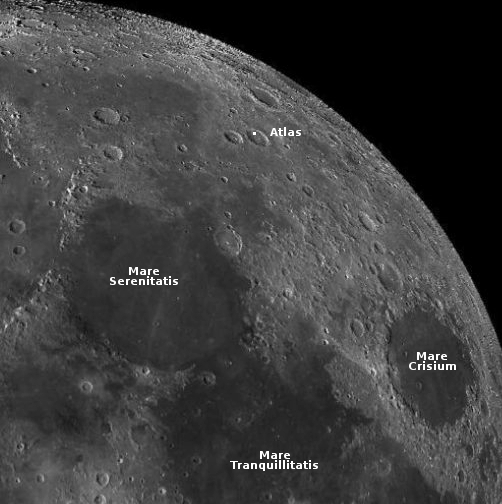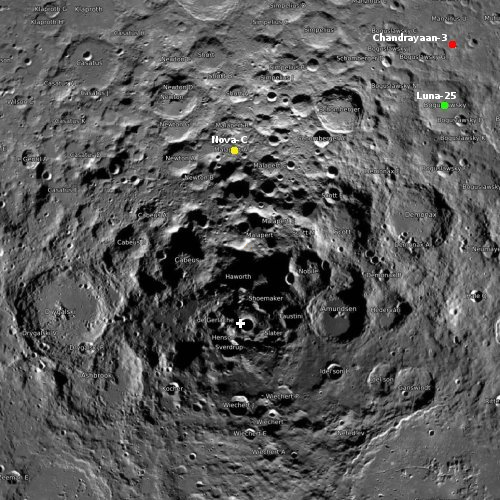Musk denies SpaceX is seeking investment funds from UAE and Saudi Arabia
In a tweet today Musk denied a report yesterday that said SpaceX was making a deal for investment capital from UAE and Saudi Arabia.
The rumor was connected to a new funding round that SpaceX is planning.
Musk’s denial makes sense, since it is unlikely that SpaceX would get permission from the State Department to take funds from foreign countries.
In a tweet today Musk denied a report yesterday that said SpaceX was making a deal for investment capital from UAE and Saudi Arabia.
The rumor was connected to a new funding round that SpaceX is planning.
Musk’s denial makes sense, since it is unlikely that SpaceX would get permission from the State Department to take funds from foreign countries.




